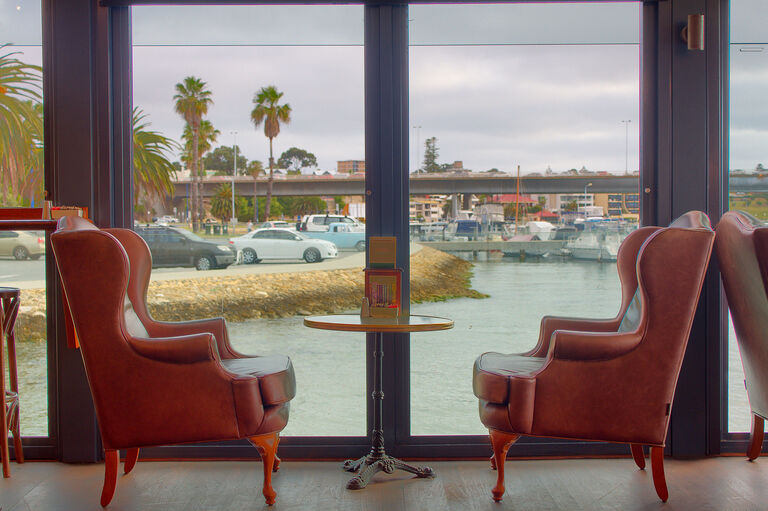The lobby is becoming a series of spaces that are broken down into different zones for different needs, enticing guests from their rooms to the common areas and offering a collective experience or sufficient privacy so they feel they are ‘alone together’.
Zoning in
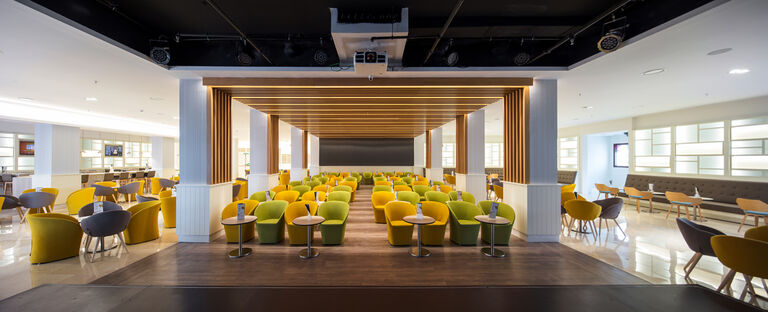
Fully connected
Tech is now becoming ubiquitous in modern life and guests want to be fully connected wherever they are. They are demanding the same kind of tech they might have at home with fully internet connected devices with cordless chargers, USB ports, workstation areas, TV media centres and even Alexa. These expectations play through from the booking experience with mobile keys through to the hotel room with voice assistants, automated lighting and music and video streaming.

The front desk revolution
Traditionally the front desk has been the centrepiece of the hotel lobby and there is no doubt that many guests still want the reassurance of being greeted when they arrive at their hotel. However the function and form of the front desk is continuing to evolve into something more artistic, sculptural, minimal or even mobile. Some of the more disruptive brands are experimenting with new formats including no front desk at all and a check-in experience more akin to that of an airline or guests checking in at the hotel bar.
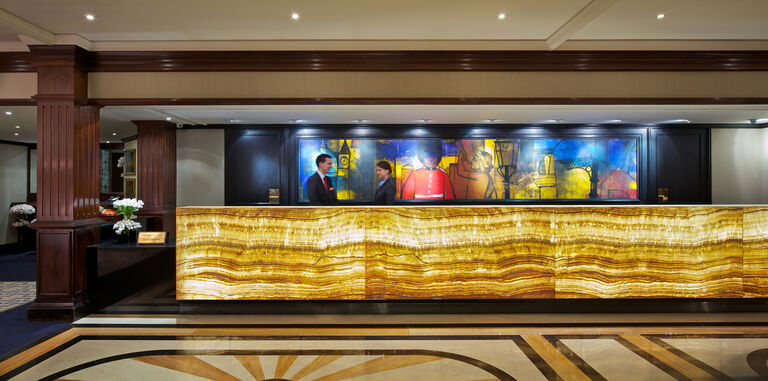
Layers of lighting
The increased flexibility of hotel lobbies demands an innovative and dynamic approach to lighting. A lobby is now where guests eat, work and play and lighting should be responsive to each specific task. Decorative lighting can draw a guest’s attention to a specific area of the lobby, whether it is a piece of art or an architectural feature, encouraging guests to explore the different lobby spaces or become a feature in its own right.
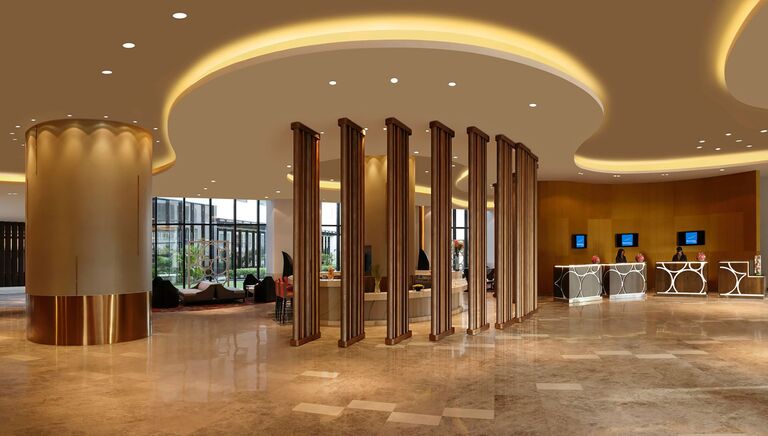
A sense of tranquillity
Creating a sense of wellbeing is a fundamental aspect of lobby design – the welfare of the guest has always been a priority and making guests feel good is ultimately the aim of any hotel. High ceilings, swathes of natural light and biophilic design principles help create a relaxing atmosphere with natural materials, hanging plants and living walls evoke a sense of calm and solace away from the busy city streets.
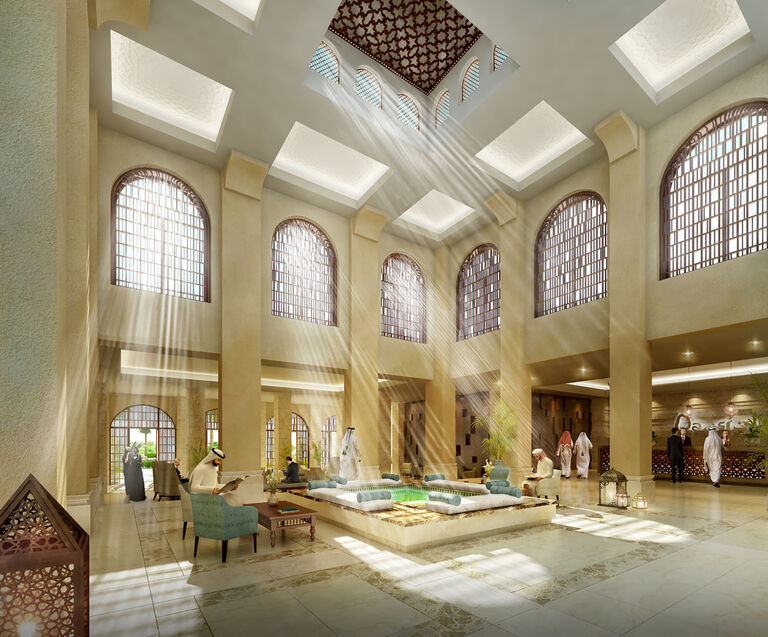
The experiential lobby
The lobby is increasingly experiential with features and uses that offer both a sense of familiarity and difference for the guest. Innovative approaches to furniture, lights and colours all contribute to obscuring the preconceived function of the space and provide an experience that can be more akin to anything from a nightclub or student union to a living room or bookshop and everything in between. Art remains a major part of lobby design and can work not just as decoration but as a feature, essentially creating an art gallery where people also happen to stay.
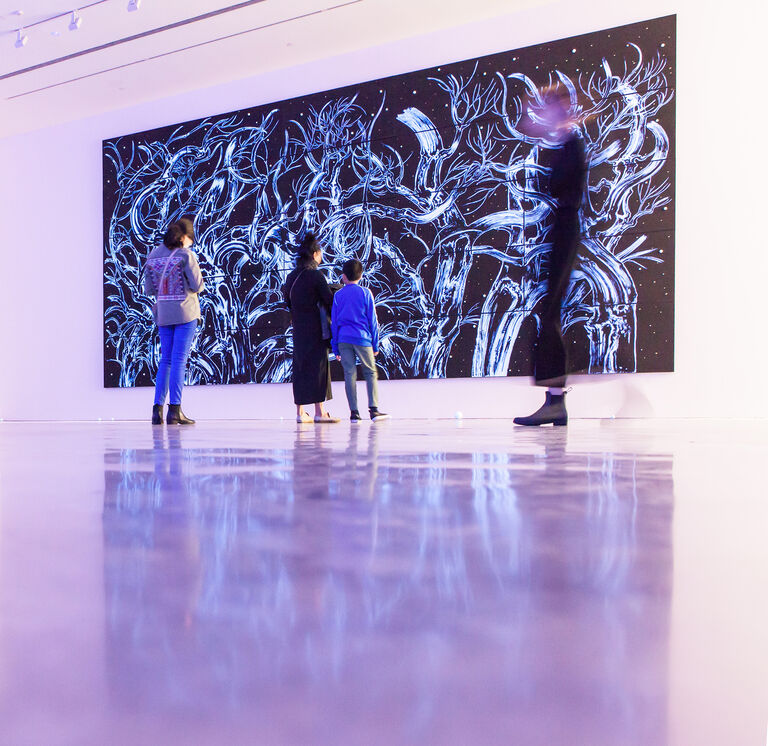
Smart spaces
In the new breed of urban hotels catering for the business leisure market, space is often at a premium. Lobbies need smart spaces that work for a range of different needs, incorporating smart furniture that is modular, moveable, adaptable and easy to reconfigure.
